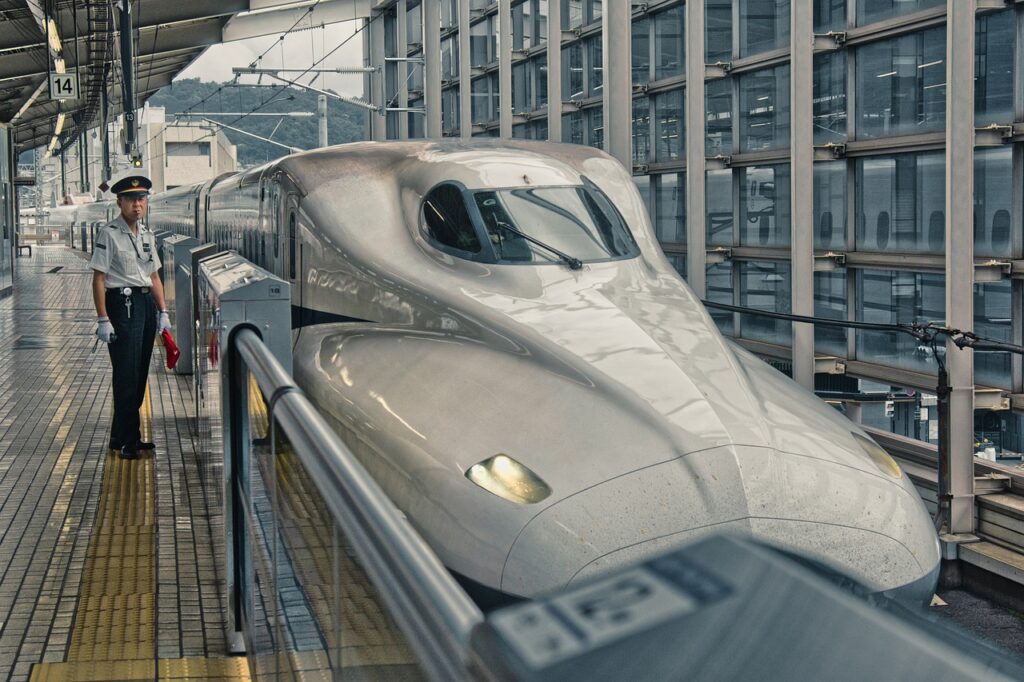The implications of such technology are profound. If realized, this maglev system could revolutionize intercity travel, potentially shrinking China into a “one-hour economic circle,” where major cities become easily accessible within a short timeframe. For instance, the journey from Beijing to Shanghai, which currently takes several hours by conventional high-speed rail, could be completed in just over an hour.
However, while the prospects are exciting, significant challenges lie ahead. Constructing and maintaining a vast network of vacuum tubes would require substantial financial resources and complex infrastructure development. Additionally, concerns regarding safety, environmental impact, and economic viability must be addressed.
Operating at such high speeds in a low-pressure environment necessitates stringent safety protocols and thorough environmental assessments. Furthermore, ensuring the economic feasibility of this technology for widespread adoption, both for passenger and cargo transport, is paramount.
As China continues to push the boundaries of transportation innovation, the world watches with anticipation to see how this groundbreaking maglev technology evolves and shapes the future of travel on a global scale.
China is one step closer to a cutting-edge transportation system involving a 1,000 km/h high-speed #maglev #train running in a low vacuum pipeline after newly completing the main structure of a 2-km full-scale test pipeline in N China’s Shanxi, the longest of its kind globally. pic.twitter.com/rDv1NEQ20k
— China Science (@ChinaScience) November 23, 2023
The implications of such technology are profound. If realized, this maglev system could revolutionize intercity travel, potentially shrinking China into a “one-hour economic circle,” where major cities become easily accessible within a short timeframe. For instance, the journey from Beijing to Shanghai, which currently takes several hours by conventional high-speed rail, could be completed in just over an hour.
However, while the prospects are exciting, significant challenges lie ahead. Constructing and maintaining a vast network of vacuum tubes would require substantial financial resources and complex infrastructure development. Additionally, concerns regarding safety, environmental impact, and economic viability must be addressed.
Operating at such high speeds in a low-pressure environment necessitates stringent safety protocols and thorough environmental assessments. Furthermore, ensuring the economic feasibility of this technology for widespread adoption, both for passenger and cargo transport, is paramount.
As China continues to push the boundaries of transportation innovation, the world watches with anticipation to see how this groundbreaking maglev technology evolves and shapes the future of travel on a global scale.
Source: South China Morning Post
Image by Armin Forster from Pixabay









